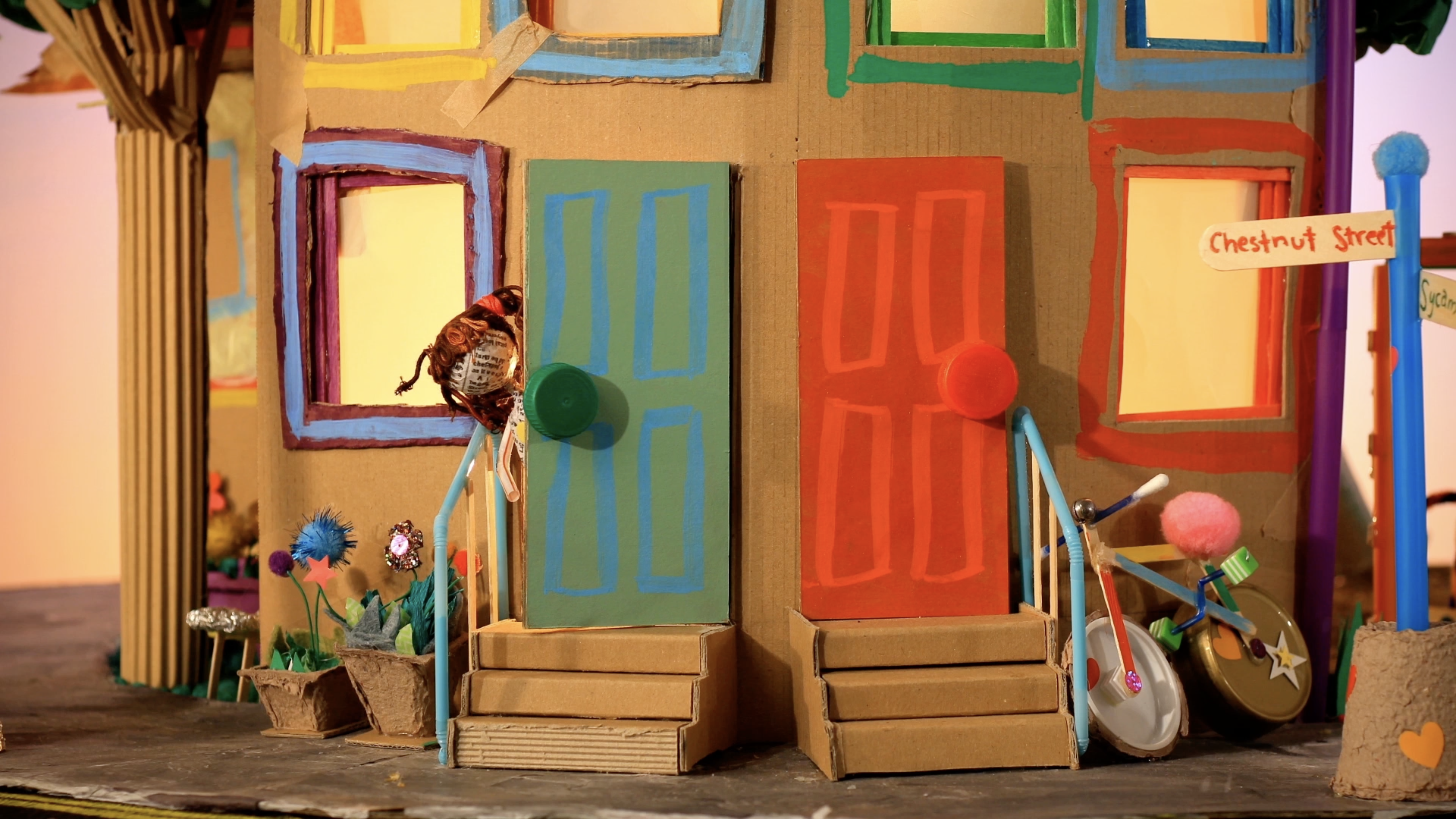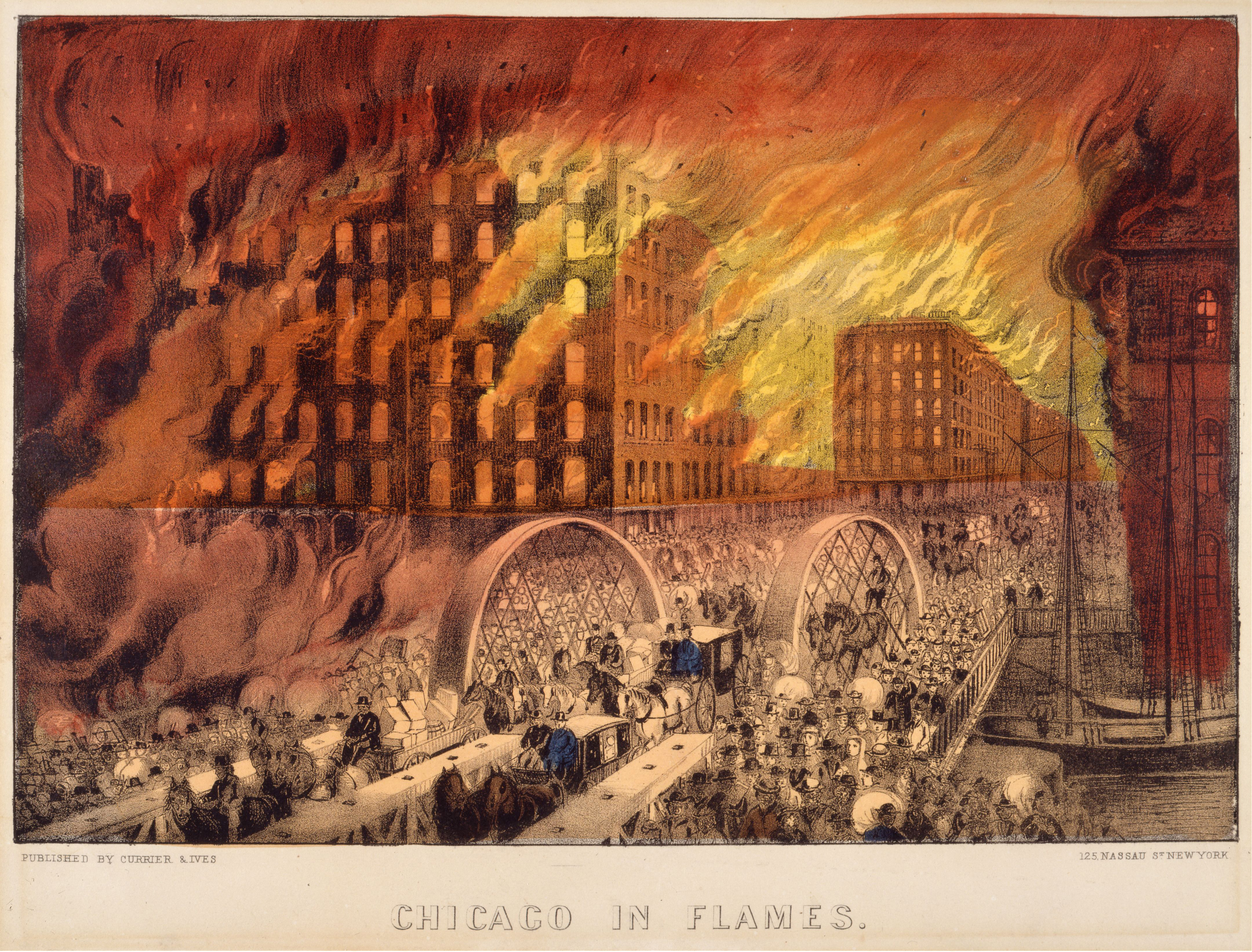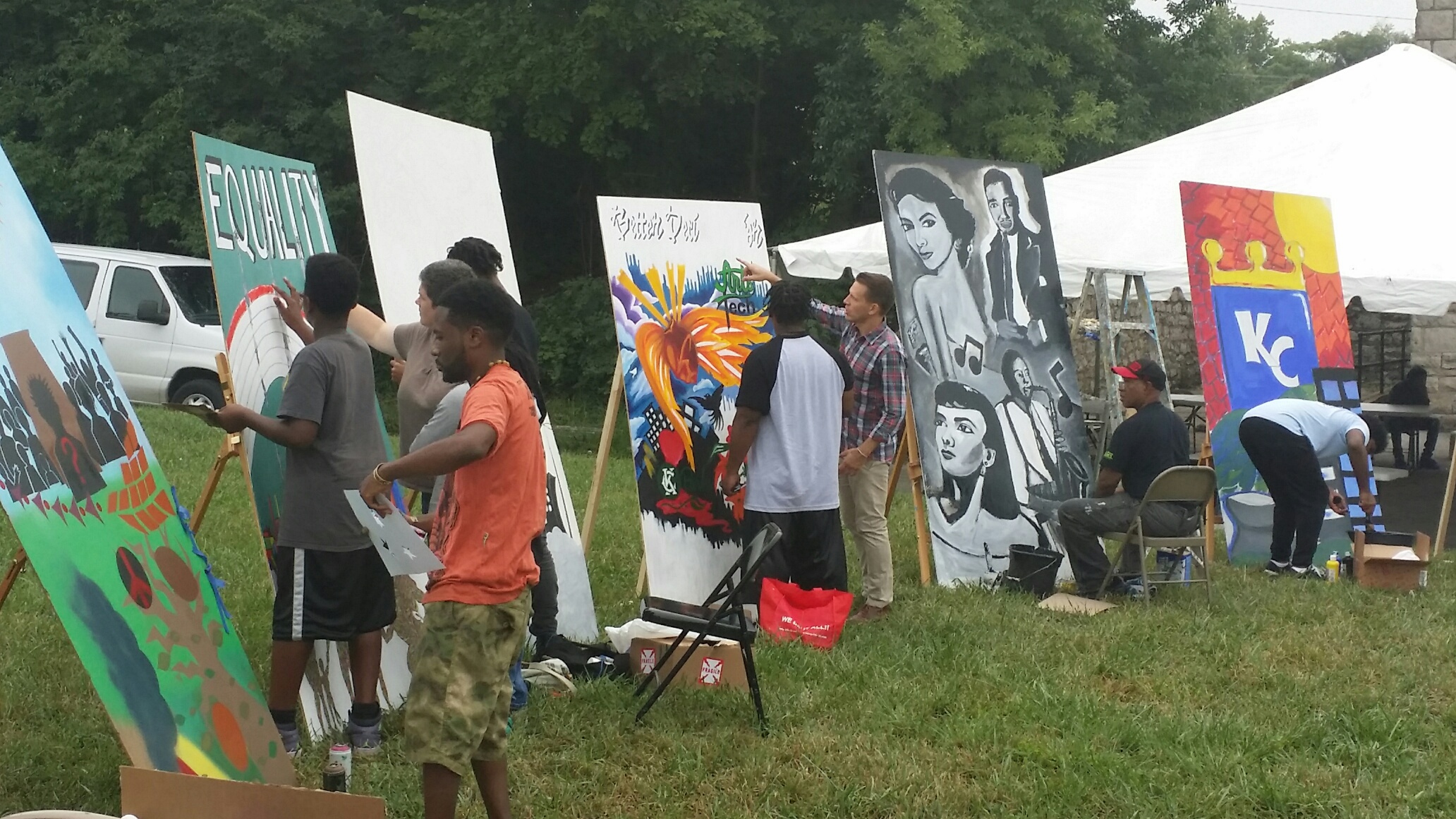I am often asked, after living in various homes for fifty years and studying homes for roughly half that time, whether I think that America’s housing situation has gotten better over the years. The short answer is, I do not.
The long answer is a bit more personal.
I moved into the first house that felt like home when I was eleven years old. It was a two-story colonial that my parents bought in the suburbs of south New Jersey. They were a black couple in a mostly white neighborhood circa 1977, and they were scared. One reason for fear was obvious. This being only nine years after Martin Luther King Jr. had been assassinated, we knew there was a reasonable chance that we would not be welcomed and accepted, let alone treated fairly.
The other reason for fear was the risk of financial ruin. Like so many African-American families in the 70s, my family did not have a large nest egg or a wealthy relative to draw upon when buying their home. Instead, they stretched their resources to realize something they only dreamed about when they were growing up: owning a home and living the American dream.
It’s hard to say exactly what it is that makes a place a home. For my parents, it was partly that they wanted their children to go to good schools. Jobs were another reason for the move. My father was an engineer for Seagram’s, and my mother worked in advertising at Rohm and Haas, and our house was relatively centrally located to both offices.
Overall, though, my parents understood what I have only progressively come to understand over a career of research and policy development: housing is a platform. It is not just a building or even a city block. As I have shown on this blog over the past year, housing lies at the very heart of our health, our education, our economy, our public safety, and our individual success.
By these measures, our homes have failed far too many of our citizens.
We’ve met many of these citizens on this very website. There were the elderly whose homes didn’t allow them to age in place without suffering worsening health outcomes. There were the middle-aged white Americans who were increasingly turning to drugs and suicide when they lacked the resources and support system to sustain their mental health. There were the children exposed to toxic levels of lead in their water and paint. There were the low-income families who couldn’t complain about substandard housing, lest they risk eviction and homelessness. There were the young students whose communities didn’t equip them for educational success. There were the older students who couldn’t afford the basic housing they needed to succeed in college. There were the victims of concentrated poverty, trapped in dangerous neighborhoods that stressed and damaged their residents. There were the unsophisticated borrowers, preyed upon by predatory lending, and the especially cash-strapped households, who couldn’t find affordable credit anywhere. And, of course, there were the black Americans who were prevented at every turn from accessing the wealth accumulation vehicle that built the middle class: homeownership.
These are the people to whom I and many of you have dedicated our life’s work.
I remember the home where I first found this purpose in my career. I was living in the Noe Valley, which was transitioning at the time from a working-class neighborhood into the more affluent community that it now is. I’d finished classes at Stanford, and I had just started working on my dissertation when I moved in. It wasn’t like the suburban neighborhood I grew up in. So many amenities were within walking distance, with more popping up every month. The storefronts were changing before my eyes. It was the first time that I began to think deeply about accessibility—and all the things I had access to that most Americans did not. I started researching mortgage lending, and I began to see that housing wasn’t just an end in itself. It was a means—an instrument to a way of life—and that made it so much more valuable and essential.
From San Francisco, I moved to Washington DC, where I lived on Capitol Hill. This neighborhood too was in transition, but it was further along than Noe Valley. It already had all the amenities I needed. I saw how a community could be self-sufficient, and I realized just how dependent most communities were on factors outside their control. At the Federal Reserve, I began researching community banking to understand how we could give communities the resources to shape their own destiny.
“There’s always something special about that feeling you get when you’re home. You can’t fake it or replace it. You can’t even define it. But you know it’s where you’re meant to be.”TWEET THIS
We sold the house I grew up in after my dad passed away. My mom still lives in the area, but this new house never quite feels the same as the one I grew up in. There’s always something special about that feeling you get when you’re home. You can’t fake it or replace it. You can’t even define it. But you know it’s where you’re meant to be.
It’s such a powerful experience that I’m always surprised we don’t spend more time talking about it. We spend more time at home than any other place, and yet we hardly ever hear our politicians utter the word “housing,” even when they explicitly campaign on the “American dream.”
The funny thing is, for all we idealize it, I don’t think there is such a thing as one American dream. I think we each carve out our own individual dream. I think that’s what it means to live in a free nation. When Thomas Jefferson first envisioned “life, liberty, and the pursuit of happiness,” he was rejecting a European social order based strictly on lineage, rather than choice. Thus, he said, we must be free to move and trade and live where we feel truly home.
The other question I am often asked is whether I am optimistic that America’s housing situation will get better in my lifetime. The short answer is, I think it can, and I will fight everyday to see that it does.
The long answer is, well, up to us together.



